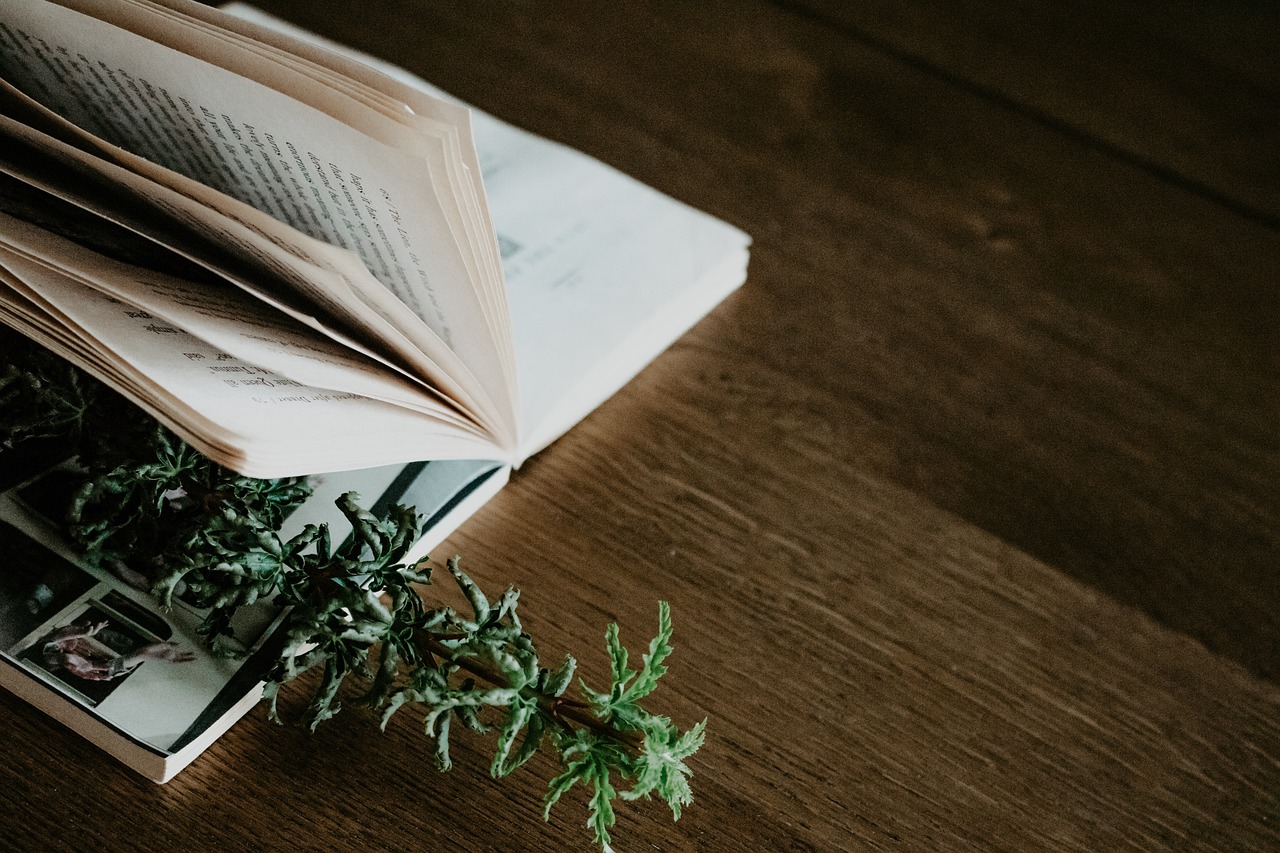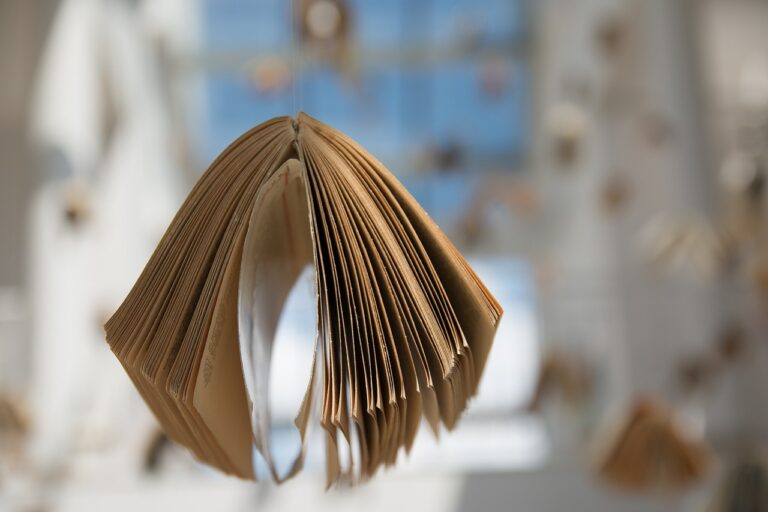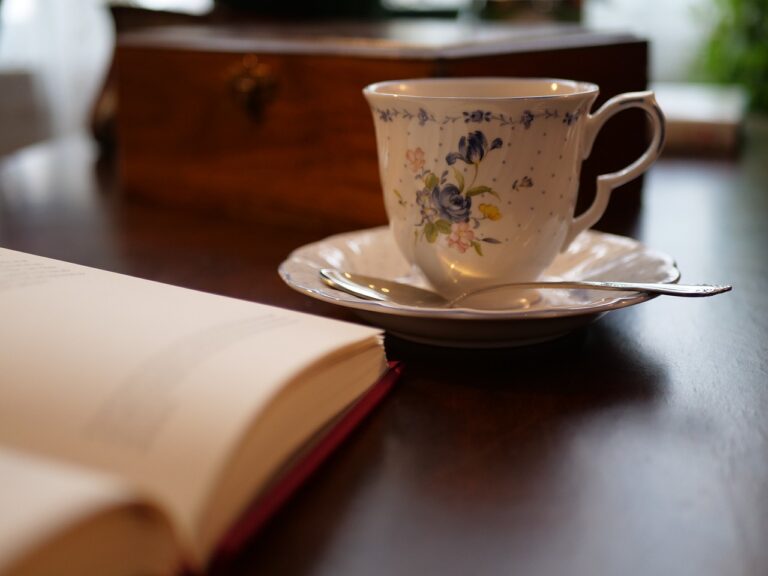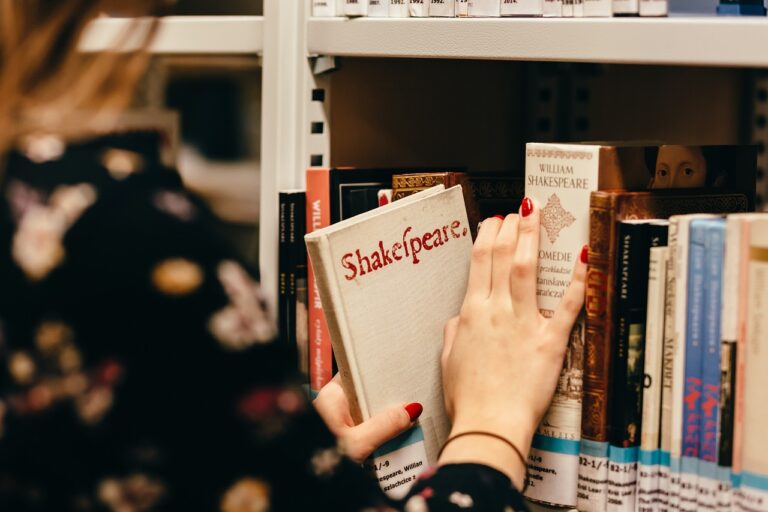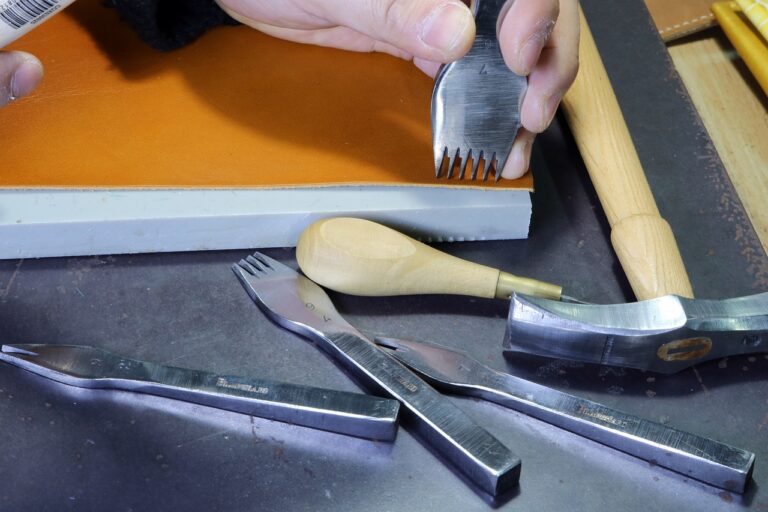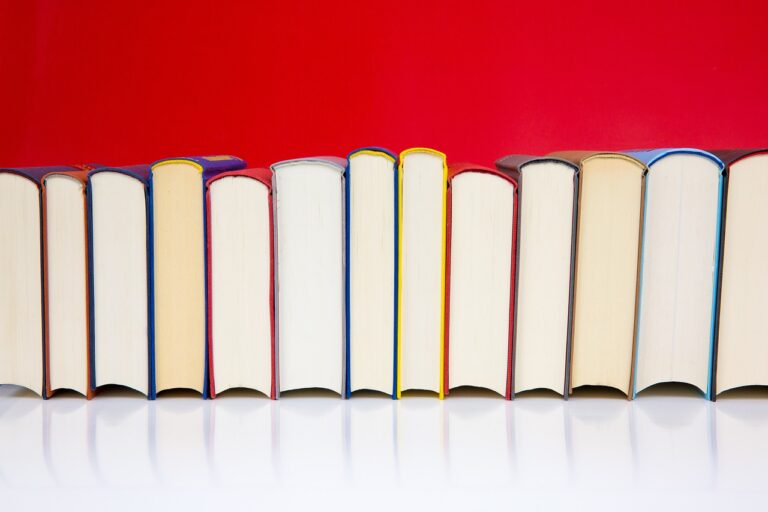Integrating Technology into Arts Education: Exploring Creative Possibilities
Incorporating technology in arts education enhances creativity and engagement among students. Digital tools offer a dynamic platform for students to explore various art forms, experiment with different techniques, and collaborate with peers in real-time. This interactive learning environment allows for personalized feedback and encourages students to express their unique creativity.
Moreover, technology in arts education provides access to a wide range of resources and opportunities for students to broaden their understanding of diverse artistic styles and cultural influences. Virtual reality experiences, online art galleries, and multimedia presentations offer new perspectives and inspire students to think critically about the world around them. By integrating technology into arts education, students can develop essential 21st-century skills such as digital literacy and teamwork, preparing them for success in an increasingly technology-driven society.
Examples of successful technology integration in arts education
The use of technology in arts education has revolutionized the way students engage with creative subjects. For instance, many schools now use virtual reality (VR) technology to provide students with immersive experiences in art galleries and museums from around the world. This enables students to explore different art styles and cultures without leaving the classroom, enhancing their understanding and appreciation of diverse artistic expressions.
Furthermore, some educators have integrated digital tools like graphic design software into their curriculum to empower students to create their own digital artworks. By teaching students how to use these tools, educators are equipping them with valuable skills that are highly relevant in today’s digital age. Students are able to express their creativity through digital mediums, opening up new possibilities for artistic expression and career pathways in fields such as graphic design and digital marketing.
Challenges faced when integrating technology in arts education
One common challenge encountered in the integration of technology in arts education is the resistance from traditionalists who believe that technology disrupts the authenticity of the artistic process. This resistance often stems from a fear of losing the traditional methods of teaching and learning in the arts. As a result, educators may face pushback when attempting to introduce new digital tools and platforms in the classroom.
Additionally, the rapid pace of technological advancements poses a challenge for arts educators in keeping up with the latest tools and trends. With new software and applications constantly being developed, teachers may struggle to stay informed and effectively incorporate these technologies into their curriculum. This constant need for adaptation and learning can be overwhelming and time-consuming, adding another layer of complexity to the integration of technology in arts education.
• Traditionalists believe technology disrupts authenticity of artistic process
• Fear of losing traditional teaching methods in arts education
• Educators face pushback when introducing new digital tools
• Rapid pace of technological advancements
• Difficulty in keeping up with latest tools and trends
• Overwhelming need for constant adaptation and learning
What are some benefits of incorporating technology in arts education?
Some benefits include enhanced creativity and engagement, access to a wider range of resources and tools, and the ability to collaborate with others remotely.
Can you provide examples of successful technology integration in arts education?
Some examples include using digital art software for drawing and painting, virtual reality for immersive art experiences, and online platforms for sharing and collaborating on art projects.
What are some challenges faced when integrating technology in arts education?
Challenges may include limited access to technology or internet connectivity, lack of training for teachers on how to effectively use technology in the classroom, and concerns about maintaining a balance between traditional and digital art practices.

